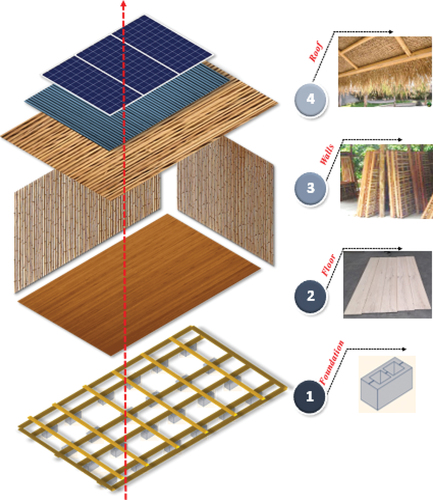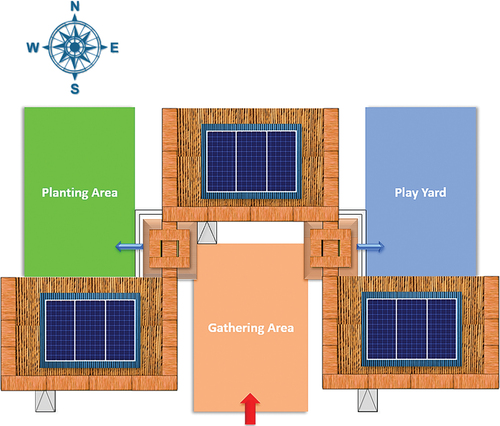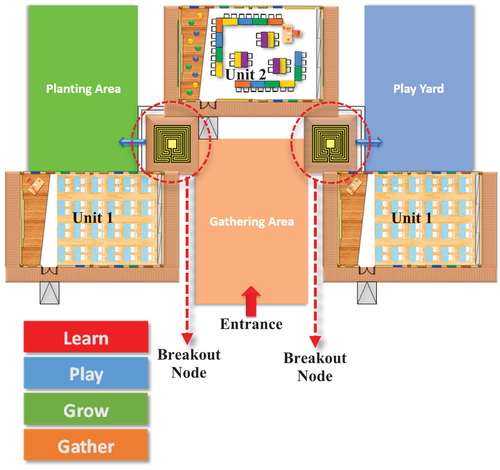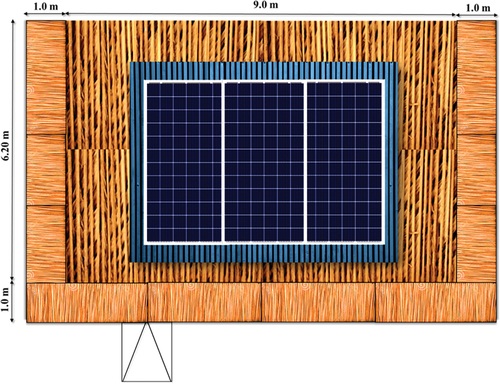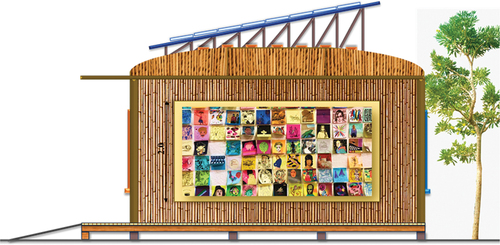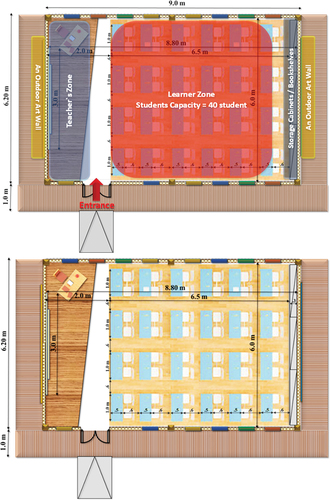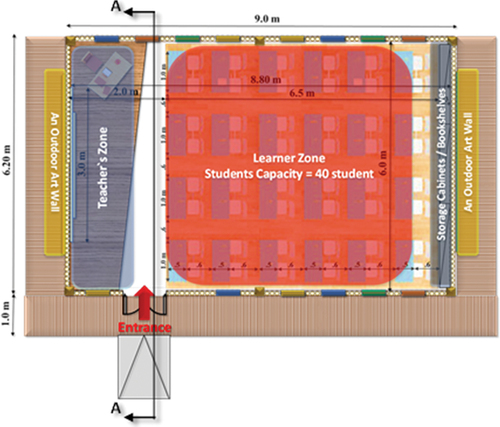Figures & data
Figure 1. Poverty and acute poverty according to regions. Upper Egypt rural has the highest ratio. CAPMAS latest update [Citation3].
![Figure 1. Poverty and acute poverty according to regions. Upper Egypt rural has the highest ratio. CAPMAS latest update [Citation3].](/cms/asset/85fe2b9f-238b-40c0-bbe5-6f5b1daa05ad/thbr_a_2303797_f0001_oc.jpg)
Figure 2. Number and locations of the poorest rural villages in Egypt. [Citation3] CAPMAS latest update, analyzed by the authors.
![Figure 2. Number and locations of the poorest rural villages in Egypt. [Citation3] CAPMAS latest update, analyzed by the authors.](/cms/asset/76410a83-159b-4b76-ac81-469c6eb658e1/thbr_a_2303797_f0002_oc.jpg)
Table 1. Basic ratios of children’s learning and schools’ situation in upper Egypt till 2023.
Table 2. Egypt’s SDG 2030 (regarding poverty and education), followed by analyzing the current status by the author.
Table 3. Factors of socio-economic adaptability in building environment. Illustrated by the author.
Figure 4. Child's psychological–physiological development elements and its relation to school zones [Citation17,Citation18]. Summarized and arranged by the author.
![Figure 4. Child's psychological–physiological development elements and its relation to school zones [Citation17,Citation18]. Summarized and arranged by the author.](/cms/asset/bcc565b1-396f-4fcc-b177-0055600a0f6e/thbr_a_2303797_f0004_oc.jpg)
Figure 5. A map of Upper Egypt [Citation19], locating the project's main targeted locations.
![Figure 5. A map of Upper Egypt [Citation19], locating the project's main targeted locations.](/cms/asset/9883939c-8649-4fc3-9457-27beac781132/thbr_a_2303797_f0005_oc.jpg)
Table 4. The project’s basic design data. By the author.

Figure 13. A shape of recycled units that can be designed in the outdoor play area for age 6 to 9 years old.
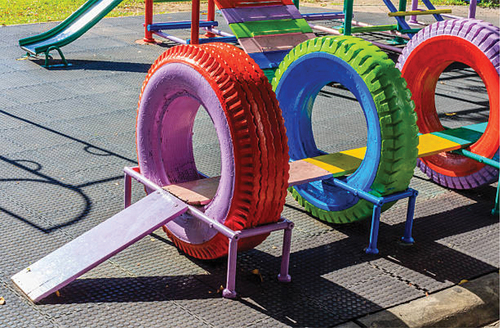
Figure 16. Assembled units fabrication, transportation and installation phases. Arranged by the author.

Figure 18. Sustainability and Eco-system integration elements of the classroom unit. Designed by the author.
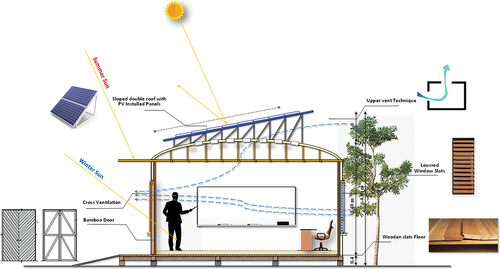
Table 5. Assessing the adaptive, socio-economic and physiological-psychological elements of the project. The result by the author.


